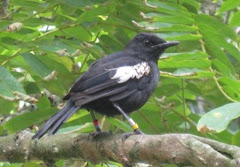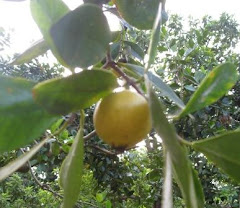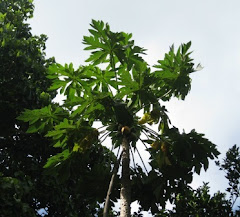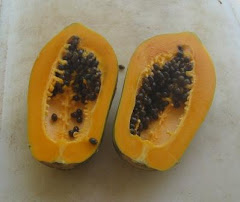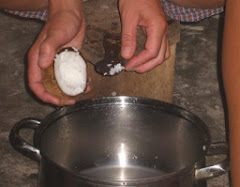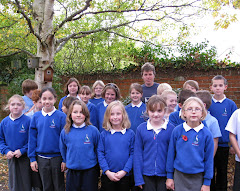 eft in the garden, which we can harvest for ourselves and which form an important part of our diet.
eft in the garden, which we can harvest for ourselves and which form an important part of our diet.So what are they?
Well we have pineapples - did you know they grow on a small, bushy, creeping plant on the ground? – We didn’t until we saw them here. The climate is so warm on the island pineapples grow throughout the year and ripen almost i nstantly – they taste fantastic.
nstantly – they taste fantastic.
 nstantly – they taste fantastic.
nstantly – they taste fantastic. There are guavas, which grow on trees and look a bit like small oranges. These are particularly good to eat and have a similar taste to sweet gooseberries. They are a real favourite for some of the birds here, particularly the blue pigeon and fruit bats.
We have bananas, oranges, grapefruits and limes, which are all very similar to what you can buy back in Britain.

But our favourite must be the papaya, which grows on very tall trees in bunches, a little like coconuts. They are a soft fruit about the size of a small melon and a challenge to pick – it always takes two of us – one with a very long stick to dislodge the fruit, the other standing at the bottom of the tree ready to catch. We eat them like melons, but they have a texture of very ripe avocados, they are delicious.
So we are all really glad they didn’t remove all the fruit trees when they turned Aride into a nature reserve!


















